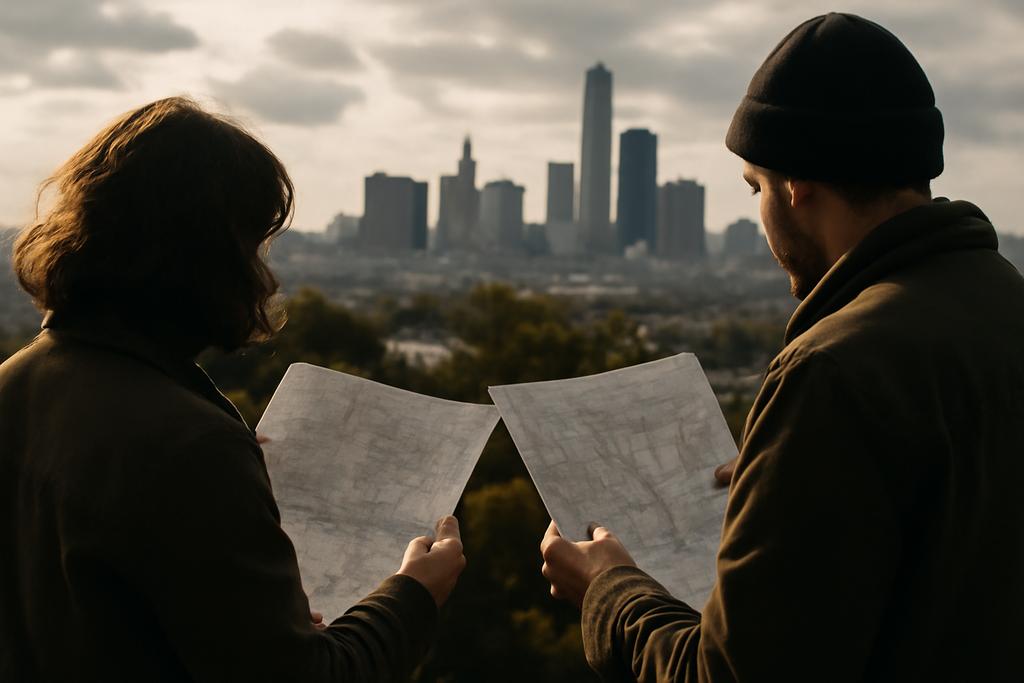Two groups can walk through the same city on two different maps and still arrive at the same skyline. They can look different on the ground, yet their faraway footprints brush the same corners of a landscape. That paradox sits at the heart of a bold new mathematical framework that rethinks how we compare infinite groups. A recent collaboration—led by the mathematician Romain Tessera with coauthors Thiebout Delabie and Juhani Koivisto—offers a way to stitch together groups that don’t resemble each other in the usual geometric sense, using a probabilistic language that lives on ultralimits and sofic approximations. The result is not a single hammer-blow theorem but a flexible toolkit for building measure couplings with prescribed integrability properties, turning certain long-standing rigidity questions on their head.
A New Language for Groups Reveals Hidden Universes










